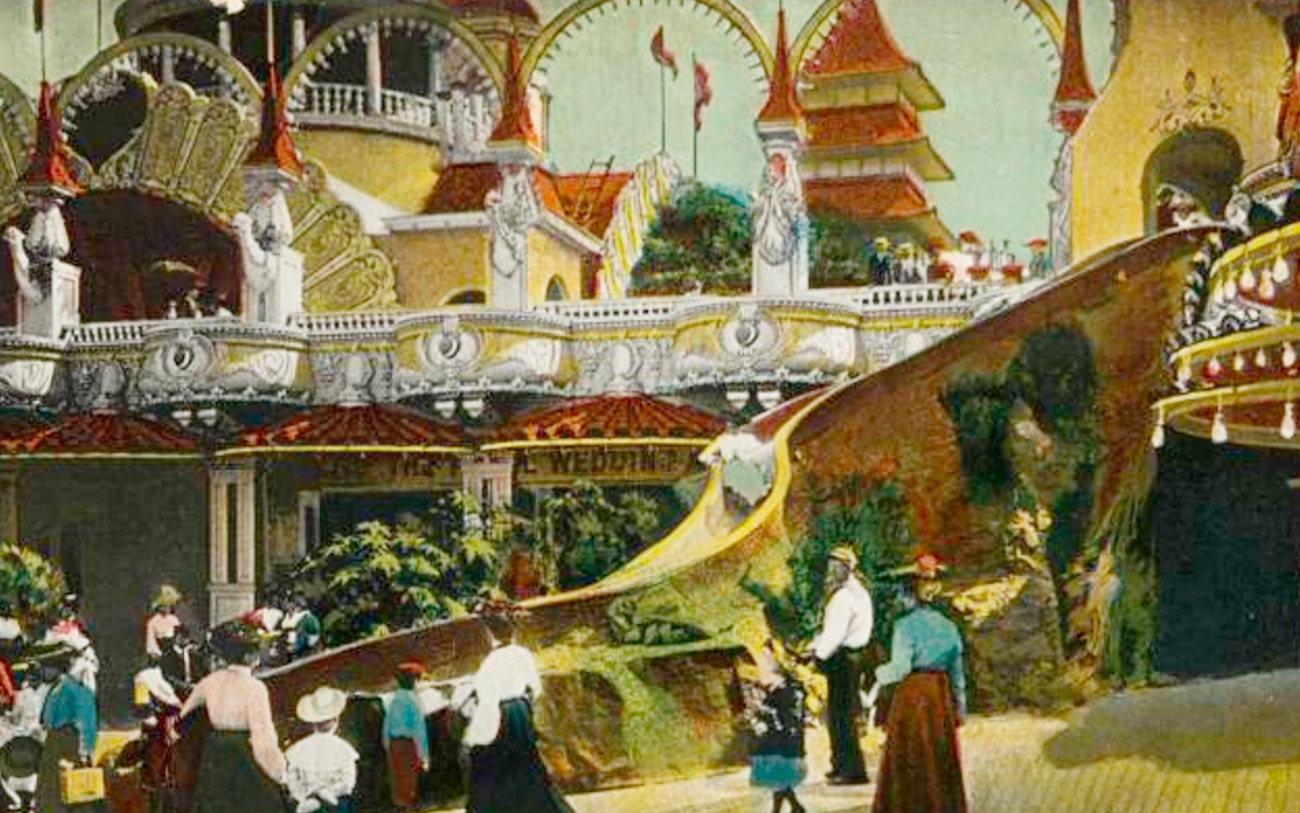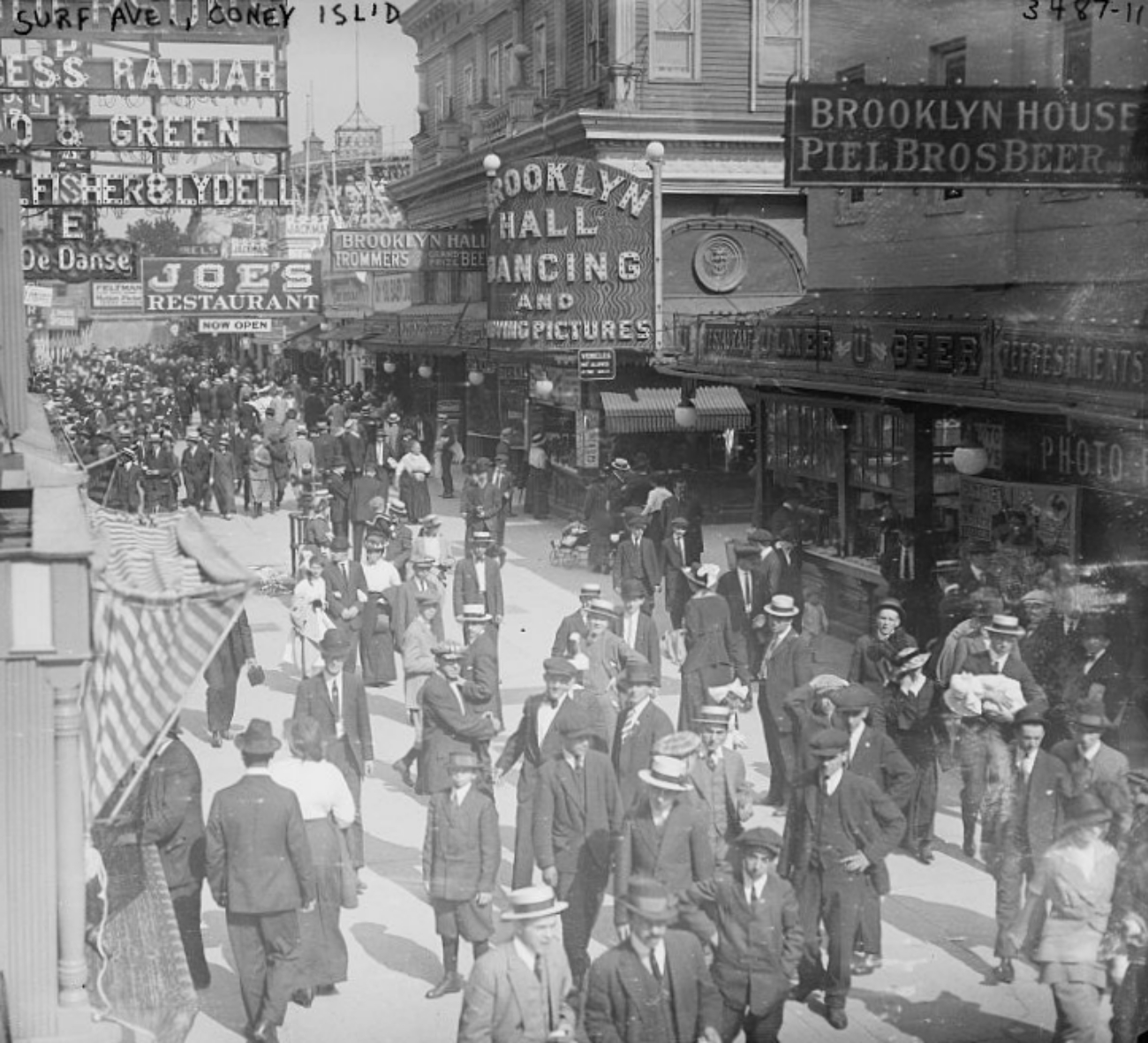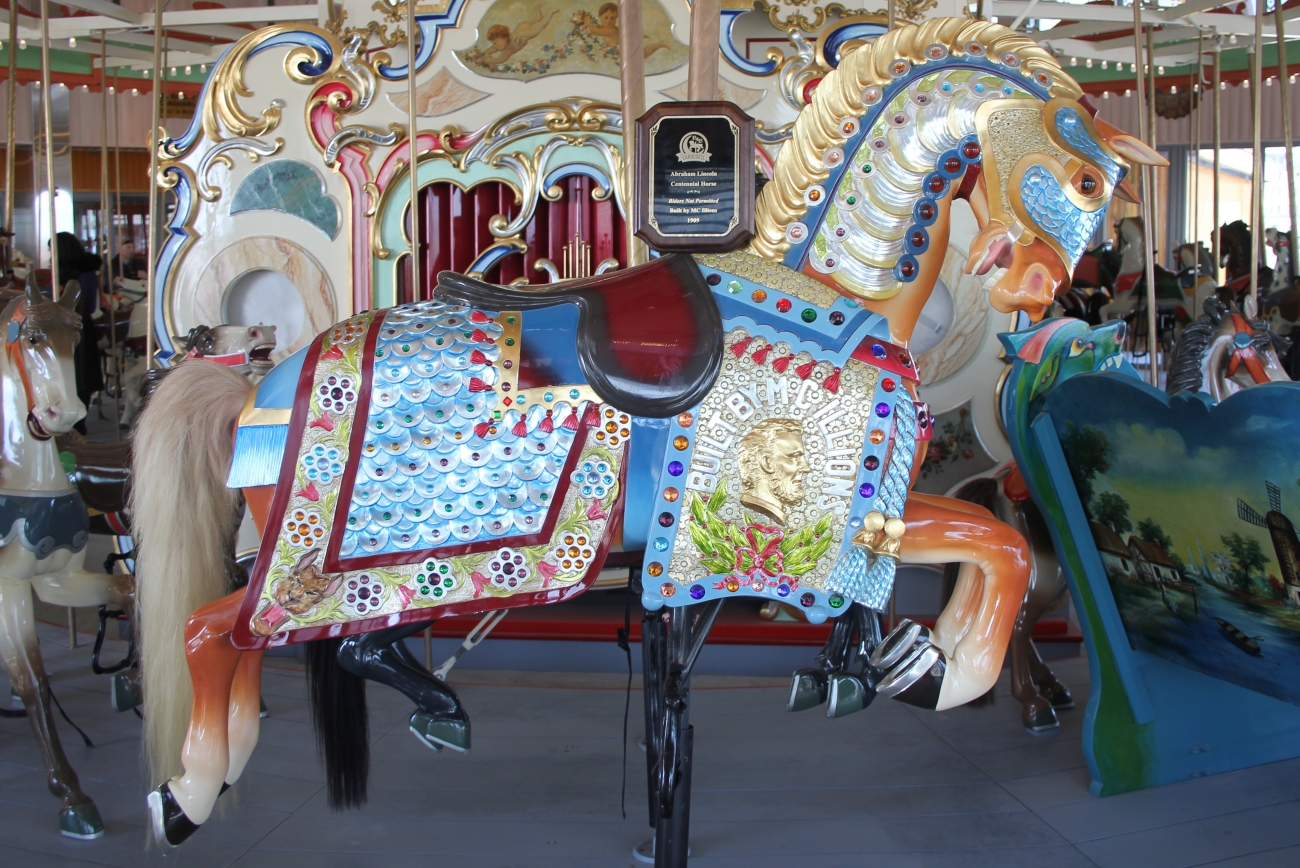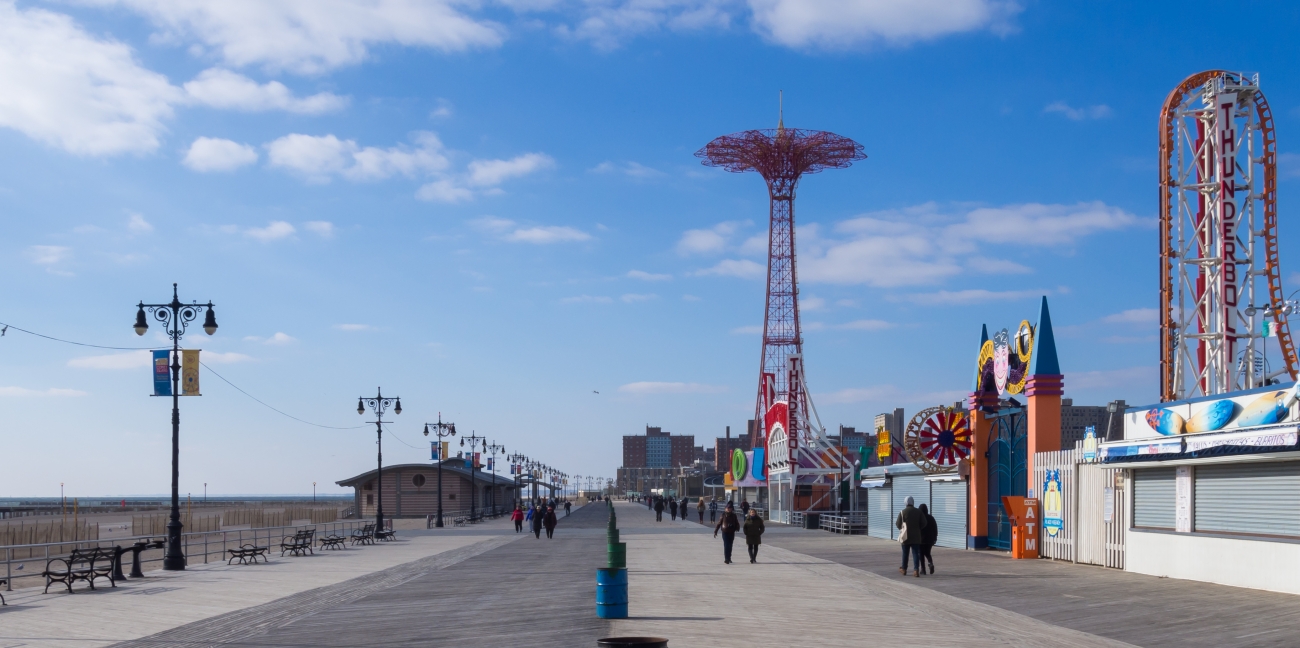Every city changes over time, with landmarks being revered by one generation only to be torn down by the next. And, New York City is certainly not immune to this. While the City That Never Sleeps does have many old buildings, parks, and landmarks still in place, it also has a fierce real estate and development market that favors new investments. A recent proposal for Luna Park in Coney Island (Brooklyn) would see the iconic amusement park area replaced with slot machines and blackjack tables. Instead of being a place for outdoor and family fun, the proposed casino on the site would cater to adults with a much different atmosphere. The future of this site hangs in the balance as the casino is being considered.

The History of Coney Island
Coney Island is still known as a place to have fun, ride some rides, play some games, and dip your feet into the water. Maybe get a hot dog while you’re there, too! This has been the case since the late 1800s when sideshows, boardwalk stalls, and calliope carousels first moved into this waterfront section of Brooklyn.

As early as the 1830s folks looking to relax came to Coney Island, which was then a pastoral place. Thanks to Dutch land grants when New York had been New Amsterdam, Coney Island came to be owned somewhat communally by a handful of people and remained farmland until after the Civil War. In Old Dutch they named it Conyne Eylandt which means Rabbit Island.

In a twist of history that seems ironic today given what’s at stake with the area now, Coney Island was developed in the 1860s and 1870s by force after a shrewd politician and real estate negotiator John McKane secured cheap land deals for his corrupt friends on lucrative Coney Island. In the late 1800s the area had a reputation for games and family fun, but also for gambling, pickpockets, racketeering, and other illicit dealings.
One of the things to come from McKane’s time as ruler of Coney Island were the amusement parks that boasted cutting edge rides like roller coasters like the Steeplechase, the Parachute Drop, and a multi-path slide so giant that it lives in memory to this day.

Recent Years and Tough Times
Over the years different parks have occupied the waterfront area, namely Sea Lion Park, Luna Park, Dreamland, and Steeplechase. Each had their own styles of rides and amusements. The Great Depression hindered many a vacation to these parks and World War II saw a drop in available workers for the rides and concessions. Each decade dealt a yet another blow to the once-bustling fair atmosphere the parks collectively had cultivated.
By the 1960s lack of new attractions and other issues meant that other entertainments drew in folks for their vacations, leaving Coney Island an increasingly-empty place.

Steeplechase closed down in 1964 and the land was purchased, then fell in dispute over its use. By the 1970s and 1980s sections of Surf Avenue were left unleased, with many attractions abandoned. A minor league baseball stadium was built in 2001 and the iconic B&B Carousel (built in the 1910s) was returned to the site in 2013, the last of its kind at Coney Island, as revitalization efforts continue.

The New Proposal
A developer called Thor Equities, along with the Chickasaw Nation, have proposed a massive new project that will displace part of the current rides and attractions with a casino, music venue, a hotel, and a convention center spread over 5 acres. It remains unclear how many of the current businesses and attractions would be permitted to stay if this new deal were to go through.
Without knowing how many of the current rides and attractions would stay, it’s hard to know how different it would feel. But, locals say that privatization of now-public streets would be a step in the wrong direction for what was once considered “the world’s playground”.

At a recent public hearing on the matter at a local YMCA, residents boldly expressed their views that breaking up the neighborhood would be destructive for people who live and work there. Those in favor of the project expressed optimism at the idea of business all year long that isn’t reliant on summer weather to bring in crowds.
Public comments were allowed until June 15th. Now the Subcommittee on Zoning and Franchises and other government offices will have to weigh the costs and benefits of changing such a famous and historic part of New York City.

So far, the project has faced very vocal opposition from locals and people who grew up there. Many commenters have said if Coney Island goes, the last vestige of the Brooklyn they grew up with will vanish with it.
SKM: below-content placeholderWhizzco for DOT

